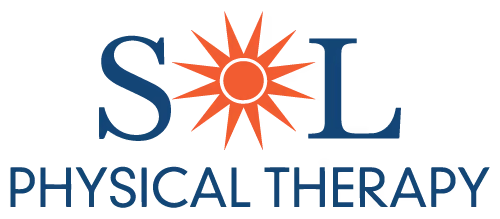Techniques and Exercises for Treating TMDs
What is TMJ?
The temporomandibular joint, or TMJ, is a joint along each side of your jaw in front of your ears that connects your jaw to your skull. Temporomandibular joint disorders (TMD) are a group of conditions that affect the joint and the surrounding muscles and ligaments that control the TMJ movement. Disorders in the TMJ can impact your daily life not only affecting speaking and chewing but can cause wear on your teeth. Understanding the causes, symptoms, and available treatment options is crucial for those affected by TMJ disorders. Often, pain in the TMJ can be resolved with conservative treatment such as Physical Therapy.
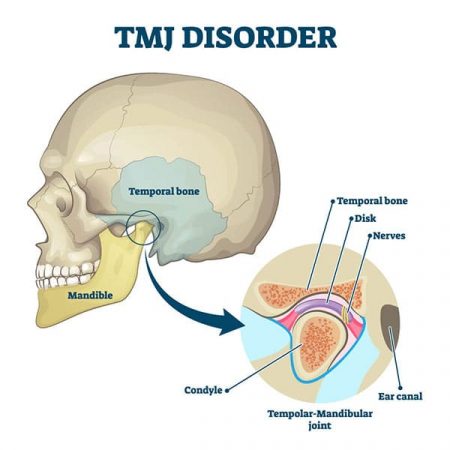
TMD Symptoms
Recognizing the signs and symptoms of TMJ disorders is essential for early diagnosis and management. Some of the most prevalent symptoms include:
- Jaw pain
- Facial, shoulder or neck pain
- Stiffness in the jaw
- Difficulty opening or closing the mouth
- Jaw popping or clicking
- Headaches or migraines
- Earaches or toothaches
- Tinnitus (ringing in the ears)
- Malocclusion (a change in which the teeth fit together)
TMD Treatments
Treatment for TMJ disorders aims to alleviate pain, improve jaw function, and address underlying causes. Physical Therapy is one of those ways to improve TMD related issues.
Physical therapists, after an assessment, can assist you in your treatment with providing modifications of habits such as foods to avoid, relaxation techniques for the jaw and surrounding musculature, and improving posture.
Along with habit modifications, hands on techniques and exercises can be performed in clinic and provided to you for home in order to improve mobility and reduce muscle tension.
Therapists will use a variation of manual treatments which can be both internal along the inner muscles of the jaw and the external muscles of the jaw, joint mobilizations, and dry needling techniques, if available in your state and your therapist is certified, along with exercises to improve stabilization of your jaw.
Example Exercises
Some example exercises that your therapist may use include the Rocabado 6 x 6 exercise program, which includes:
1. Rest Position of the Tongue
- Make a “cluck” sound with your tongue.
- Maintain this position. Place front 1/3 of tongue against palate with slight pressure. Do not allow tongue to touch any teeth.
- Breathe through your nose. Be aware of using your diaphragm for breathing vs. the muscles in the front of your neck.
2. Shoulder Posture
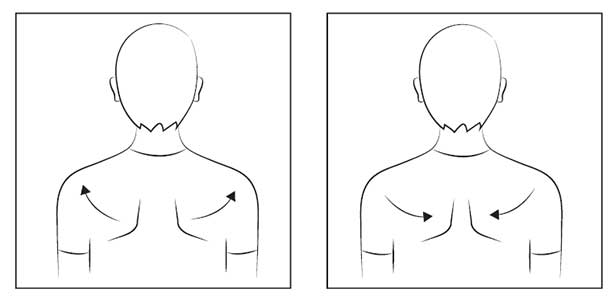
- At the same time, pull your shoulder blades together and downward.
3. Stabilized Head Flexion
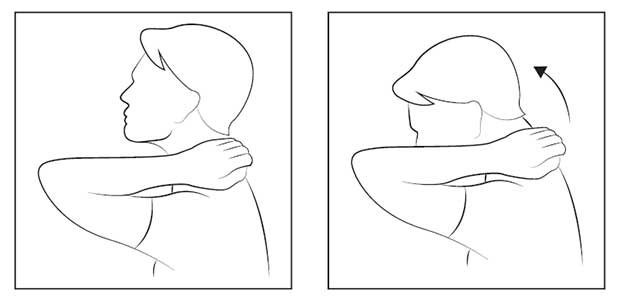
- Clasp hands firmly behind your neck to firmly stabilize neck.
- Keep your head straight, then nod your head forward.
4. Axial Extension of Neck
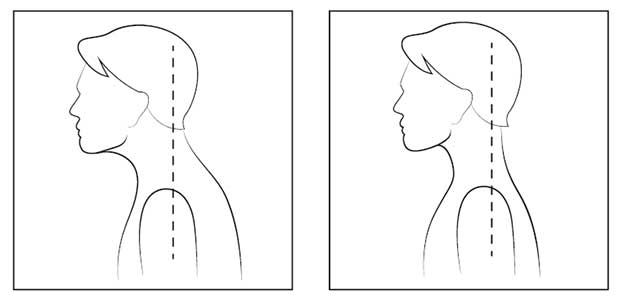
- Do these three motions at once: gently nod your head, glide your neck backward and forward, and stretch your head upward.
- Think of your chin being comfortably closer to your neck.
5. Control TMJ Rotation
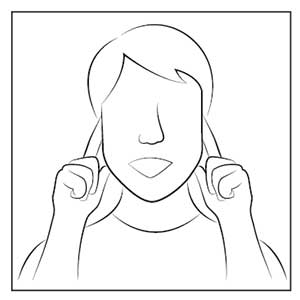
- Hold tongue in correction position (exercise 1).
- Monitor TMJ’s with your index finger over the TMJ’s.
- Open and close your mouth, stopping if you feel the condyle (“ball”) of the joint move forward against your fingers. Do not allow your tongue to leave your palate.
- Chewing in this shortened range is often helpful.
6. Rhythmic Stabilization Technique
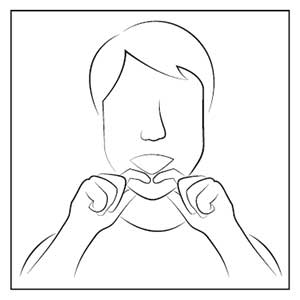
- Tongue in correct position.
- Grasp your chin by placing your index fingers over your chin, and your thumbs under your chin.
- Apply gentle resistance sideways, first to right, then to left.
- Apply gentle resistance to opening and closing.
- Do not allow jaw to move, i.e. do not use excessive force.

Savannah Carlson
PT, DPT
Orthopedic & TMJ Specialist
